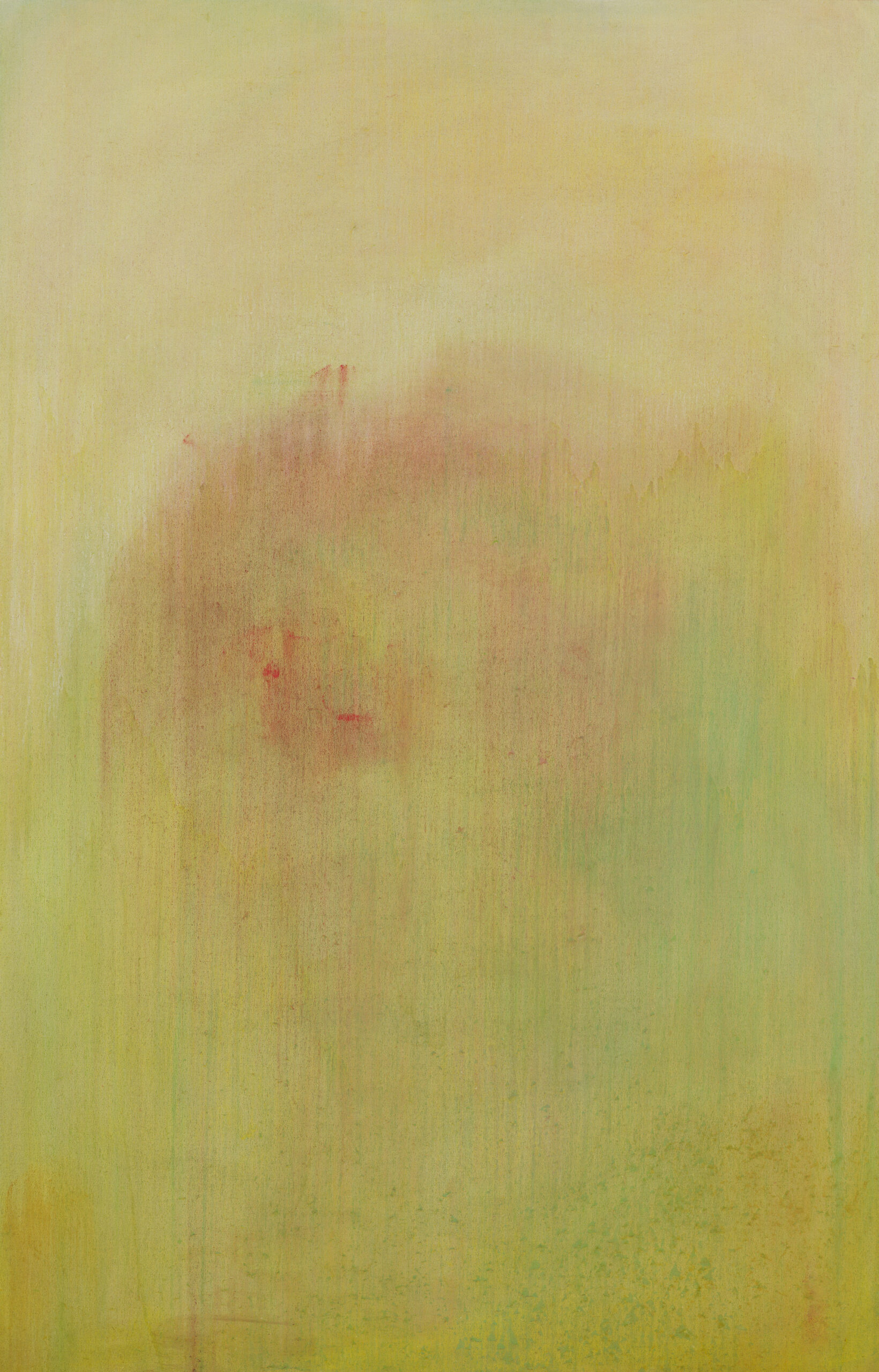山下紅畝 [明治17年(1884) – 昭和52年(1977)]
香川県出身。まだ女性の大学進学率が0.1%だったとされる時代に上京して東京女子高等師範学校(現在のお茶
の水女子大学)に進学、更に女性初の東京帝国大学聴講生として美術史を学ぶ。当時は新聞に載るほどの出来事
だったらしい。荒木十畝の指導により制作をしていたが、結婚後は絵画から離れていた。52歳で死別後、故郷の
香川県丸亀市に戻り、中津万象園で画業にいそしみ多くの弟子を育てた。
『けし』は高松市美術館の収蔵品であるが、収集方針※と異なっていることもあり、これまで展示される機会がな
かった。今回収蔵庫から出てきた時にまさに開いた花を匂うような感覚を覚えた。学びたい衝動を強く持っていた
彼女が現代に生きていたら、どのような作品を生み出していただろうかと思う。
※高松市立美術館(1949年に戦後初の公立美術館として開館)時代に収蔵された作品である。建物の老朽化もあり美術館を移転新装するに当たって定め られた収集方針は1)戦後日本の現代美術、2)20世紀以降の世界の美術(版画)、3)香川の美術(工芸)である。
Yamashita Kouho (1884-1977)
From Kagawa. During a time when the percentage of women continuing onto tertiary education is said to
be around 0.1%, she continued her studies at Tokyo Women’s Normal School (currently Ochanomizu
University) and was the first woman to study art history as visiting student of the Tokyo Imperial University.
This is said to have been such a rarity as to be reported in the newspapers. She was painting under the
tutelage of Araki Jippo, but distanced herself from painting after marriage. Her husband passed away when
she was 52, at which point she returned to her hometown of Marugame, Kagawa. She devoted herself to
painting at where she had many students.
“Poppy” is a work in the collection of the Takamatsu Art Museum, but has not been exhibited due to changes in collection philosophy*, and I had the impression of a flower blooming when it came out of storage. I wonder what sort of artwork she, who had such a strong desire to learn, would have made if she was living now.
* The work entered the collection when the institution was still the Takamatsu City Museum of Art (first public museum to open after the war, in 1949). Due to discrepancies with its renewed collection philosophy following the relocation and renewal of the museum, accounting for the deterioration of the building amongst other factors, namely the fact that it does not belong to the following categories of 1) “Post-War Contemporary Japanese Art”, 2) “Art in the 20th Century and Beyond in the World”, and 3) “Arts of Kagawa”.
2022
145.0×95.0cm
57″x 37 3/8″
Oil on canvas
Photo: Ken Kato
